Help with landscape for Norman revival house!
storybookgirl
11 years ago
Related Stories
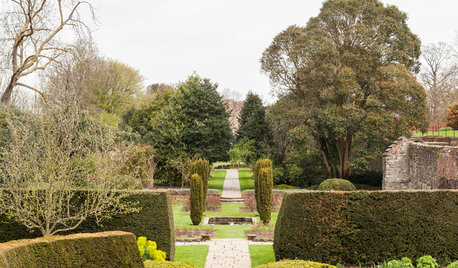
HOMES AROUND THE WORLDGarden Tour: A Rich History Is Revived at Eltham Palace
This classic English garden mixes medieval relics with 1930s style
Full Story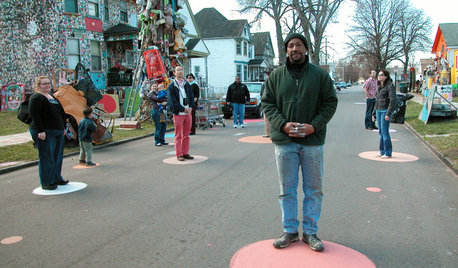
FUN HOUZZDecorated Houses Help Save a Detroit Neighborhood
Art's a start for an inner-city community working to stave off urban blight and kindle a renaissance
Full Story
EXTERIORSHelp! What Color Should I Paint My House Exterior?
Real homeowners get real help in choosing paint palettes. Bonus: 3 tips for everyone on picking exterior colors
Full Story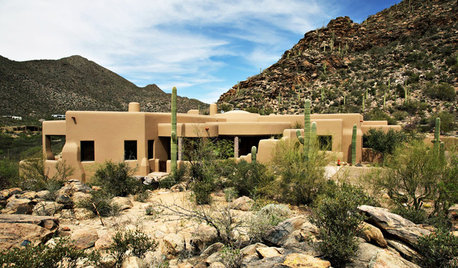
TRADITIONAL ARCHITECTURERoots of Style: Pueblo Revival Architecture Welcomes Modern Life
Centuries-old details of adobe construction still appeal in the desert Southwest, adapted to today's tastes
Full Story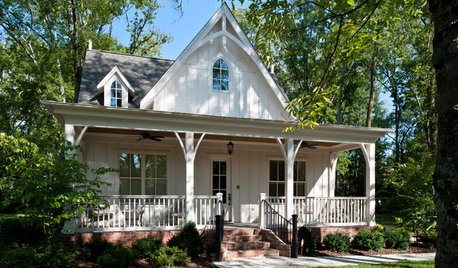
ARCHITECTURERoots of Style: Complex, Romantic Gothic Revival
With its medieval heritage, Gothic design makes a lasting impression in art and architecture
Full Story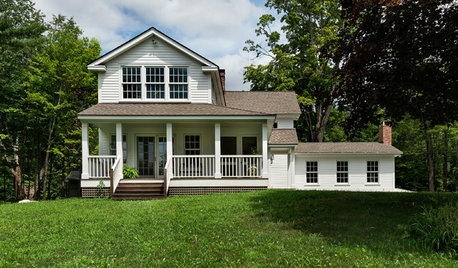
TRADITIONAL HOMESHouzz Tour: Reviving a Half-Finished Farmhouse in New England
This 1790s foreclosure home was flooded and caved in, but the new homeowners stepped right up to the renovation
Full Story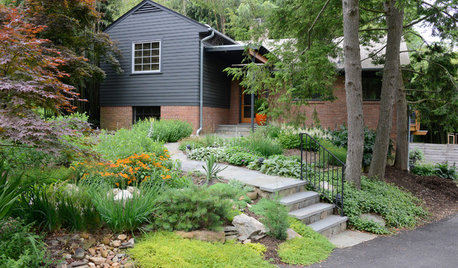
RANCH HOMESHouzz Tour: An Eclectic Ranch Revival in Washington, D.C.
Well-considered renovations, clever art and treasures from family make their mark on an architect’s never-ending work in progress
Full Story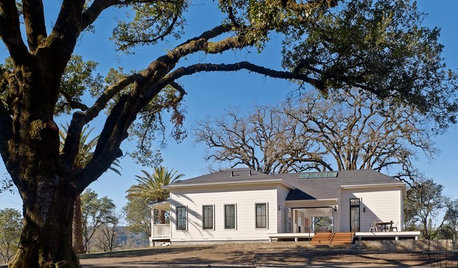
VACATION HOMESHouzz Tour: Reviving a Farmhouse in California’s Wine Country
A rickety 1800s home gets a more contemporary look and layout, becoming an ideal weekend retreat
Full Story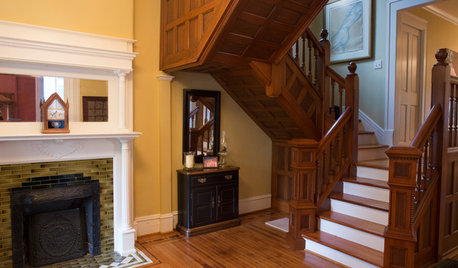
MY HOUZZMy Houzz: Attention to Detail Revives a Century-Old Louisville Home
After 13 years of wishful thinking, a couple complete a 5-year renovation in their historic Highlands neighborhood
Full Story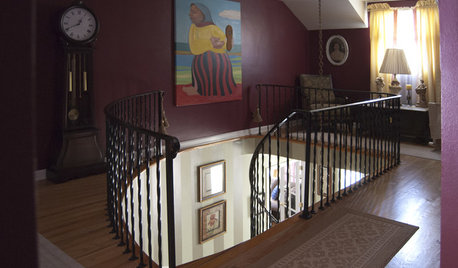
HOUZZ TOURSMy Houzz: Elegant, Eclectic Colonial Revival in Ohio
Rich colors, meaningful antiques and family memorabilia make an Ohio family's home comfortably grand
Full StorySponsored







storybookgirlOriginal Author
chibimimi
Related Professionals
Roxbury Crossing Landscape Architects & Landscape Designers · Wilmington Landscape Contractors · Brookline Landscape Contractors · Clearlake Landscape Contractors · Doctor Phillips Landscape Contractors · Longmont Landscape Contractors · Tuscaloosa Landscape Contractors · Yuba City Landscape Contractors · New Carrollton Landscape Contractors · Baltimore Roofing & Gutters · Chicago Roofing & Gutters · Ahwatukee Roofing & Gutters · Wood Dale Roofing & Gutters · Amesbury Siding & Exteriors · Lafayette Siding & Exteriorsianna
cyn427 (z. 7, N. VA)
chibimimi
hosenemesis
Cher
storybookgirlOriginal Author
storybookgirlOriginal Author
Kippy
NHBabs z4b-5a NH
Kippy
lavender_lass
chibimimi
girlgroupgirl
Chris_in_the_Valley
jakkom